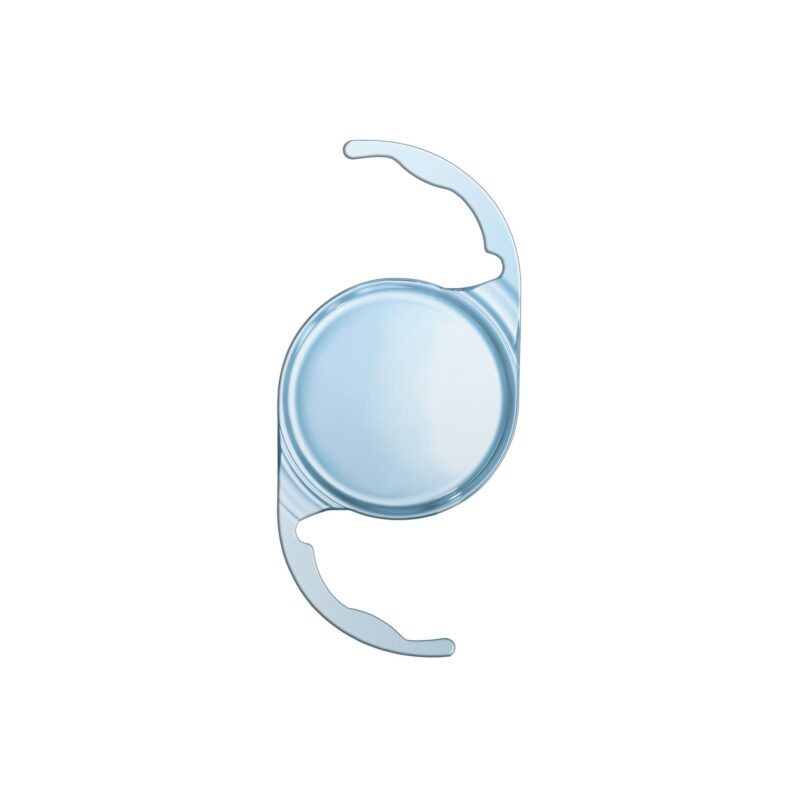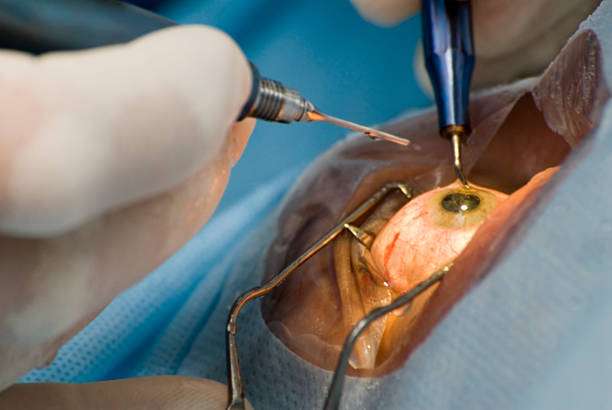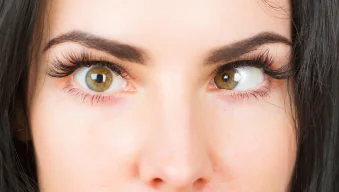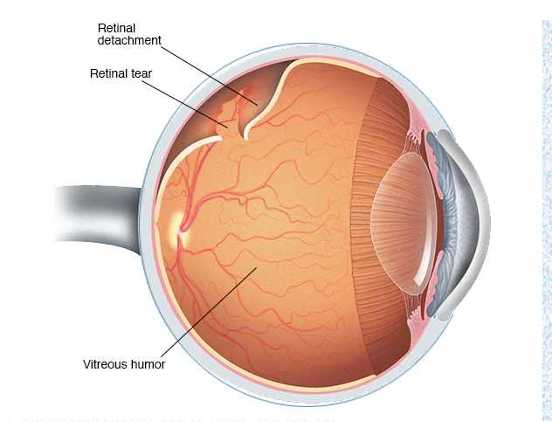Introduction
High eye pressure, also known as ocular hypertension, is a condition that can lead to serious eye problems if left untreated. Understanding the symptoms of high eye pressure is crucial for early detection and intervention. In this comprehensive guide, we will delve into the various aspects of this condition, from its causes to its treatments. We’ll explore its symptoms in detail, providing you with valuable information that can help you take better care of your eye health.
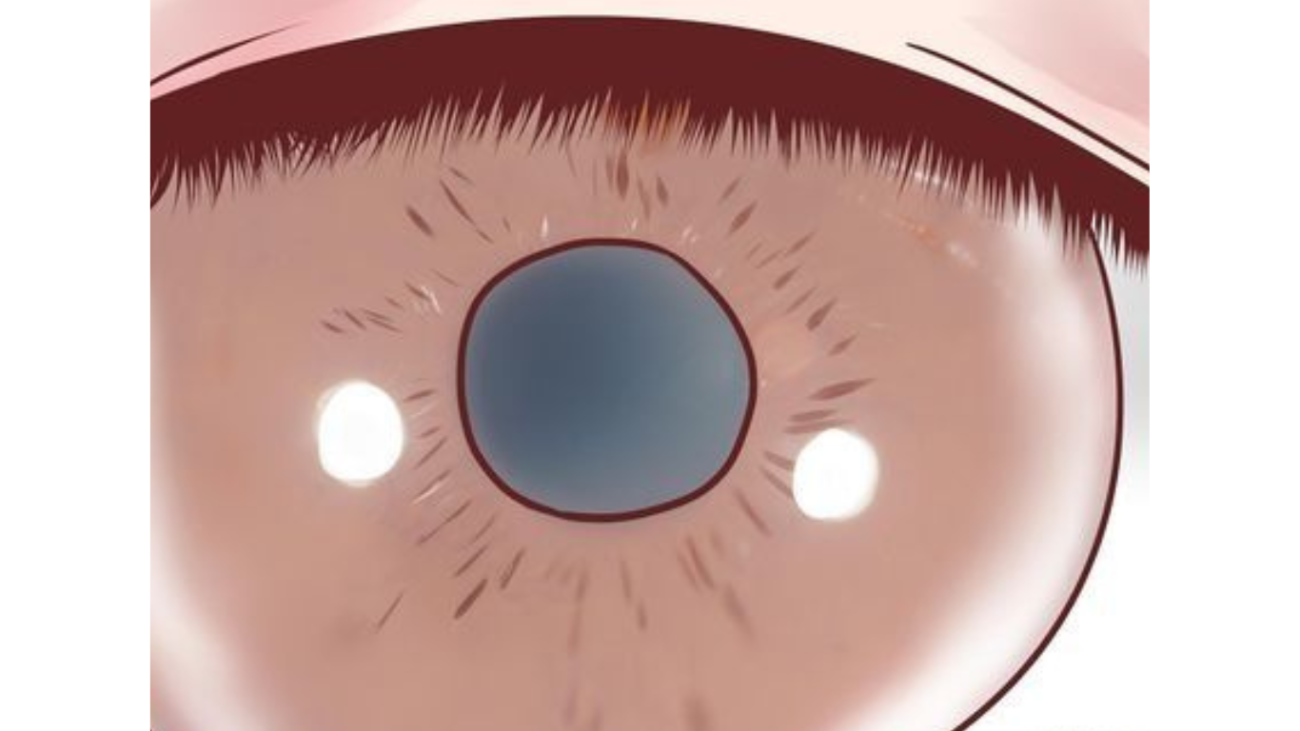
High Eye Pressure: What Is It?
High eye pressure, medically termed as intraocular pressure (IOP), refers to the elevated pressure within the eye. It occurs when the fluid inside the eye, known as aqueous humor, doesn’t drain properly or is overproduced. This increased pressure can damage the optic nerve, leading to vision problems and, if left untreated, potentially causing glaucoma.
Understanding the Causes
What Causes High Eye Pressure?
Several factors can contribute to high eye pressure, including:
- Age: As we age, the risk of developing high eye pressure increases.
- Family History: Genetics can play a significant role in eye conditions, including high eye pressure.
- Race: Certain ethnic groups, such as African Americans, are more prone to this condition.
- Medical Conditions: Conditions like diabetes and high blood pressure can elevate eye pressure.
- Eye Injuries: Past eye injuries can impact the drainage system of the eye.
Symptoms of High Eye Pressure
High eye pressure often doesn’t present any noticeable symptoms in its early stages. However, as the condition progresses, individuals may experience the following symptoms:
- Gradual Loss of Peripheral Vision: High eye pressure can lead to the gradual loss of peripheral vision, making it challenging to see objects to the side.
- Blurred Vision: Vision may become blurry, making it difficult to focus on objects.
- Halos Around Lights: People with high eye pressure may see halos or rainbow-colored rings around lights, particularly at night.
- Headaches: Frequent headaches, especially around the eyes, can be a symptom of high eye pressure.
- Eye Pain: Some individuals may experience mild to moderate eye pain or discomfort.
- Redness in the Eye: High eye pressure can cause redness in the eye, often accompanied by irritation.
- Difficulty Adjusting to Dark Rooms: Adjusting to dark environments may become increasingly challenging for those with high eye pressure.
Diagnosis and Treatment
Early diagnosis of high eye pressure is crucial in preventing further eye damage. If you experience any of the symptoms mentioned above or have risk factors, it’s essential to consult an eye specialist. They can perform various tests, including tonometry, to measure your eye pressure.
Treatments for High Eye Pressure
The treatment approach for high eye pressure aims to reduce intraocular pressure and prevent optic nerve damage. Treatment options may include:
- Prescription Eye Drops: These can help lower eye pressure by either decreasing fluid production or increasing drainage.
- Oral Medications: In some cases, oral medications may be prescribed to lower eye pressure.
- Laser Therapy: Procedures like laser trabeculoplasty can enhance drainage and reduce pressure.
- Surgery: Surgical interventions may be recommended for severe cases when other treatments are ineffective.
Author Details:
Dr. Sushruth Appajigowda holds a prominent position as a Cornea, Cataract, Glaucoma, and LASIK Surgeon in Bangalore. He serves as the chief Cataract and Refractive surgeon at Vijaya Nethralaya Eye Hospital, Nagarbhavi Bangalore. Renowned as one of the finest LASIK surgeons nationwide, he brings with him over 12+ years of experience across multiple LASIK platforms, including ZEISS, ALCON, SCHWIND, AMO, and Bausch and Lomb. Having successfully conducted over 5000 LASIK procedures, Dr. Sushruth holds the title of a Certified Refractive Surgeon and a Fellow of the All India Collegium Of Ophthalmology. Furthermore, he stands as a distinguished speaker at various National and International Forums, using his expertise to guide you in selecting the most suitable procedure based on your health requirements.

Conclusion
Furthermore, understanding the symptoms of high eye pressure is vital for maintaining good eye health. Consequently, if you experience any of the mentioned symptoms or have risk factors, seek professional medical advice promptly. Early detection and appropriate treatment can make a significant difference in preserving your vision and preventing further complications related to high eye pressure.



